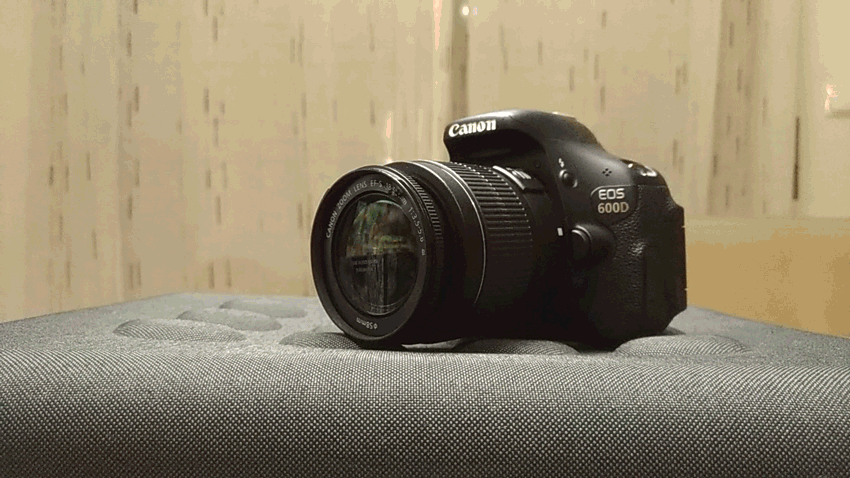
Hi everybody :)
Back to a new Photo session
The focus is on a set of developing acorns, or at least that's what they appear to me to be. They are small, still green, with a velvety texture at the base and a moist shine on the surface. Some display a rough hood, like a miniature micro-sculpture, while others appear smoother, more timid, as if they were still deciding whether or not to grow.
But are they really acorns? Doubt sets in. The shape is familiar, yes, but the size, the toasted tone at certain ends, and the absence of nearby oak leaves give me pause. Could they be the fruit of some other tree, a close relative, a plant mimic? In the macro world, everything changes, everything deceives.
The lens still captures small imperfections in the shell, spots of hardened resin, cracks that are almost invisible to the naked eye. The light enters at an angle and creates soft shadows, revealing volumes that seem larger than reality itself.
Used equipments
The session was carried out with a Canon EOS 600D, a DSLR camera equipped with a CMOS sensor that guarantees a good response in terms of details and colors. For the lens, an EFS 18-55mm was used, with a maximum aperture of f/5, ideal for obtaining a reduced depth of field and thus isolating the most delicate elements of the frame.
To achieve the necessary magnification and capture the most minute details, an inverting ring was used, a common technique in macro photography to transform a standard lens into an improvised macro lens. No tripod was used, which required some manual stability during shooting.
The lighting was carefully managed with adjustable LED lights, allowing to create a soft and uniform light, avoiding harsh shadows and accurately highlighting the textures and shapes of the photographed structure.


Among the numerous techniques available for macro photography, this method is arguably the most cost-effective and efficient for individuals possessing a camera with a removable lens. By simply detaching the lens and reversing its direction, and employing an inversion ring, the process becomes more manageable and streamlined.
Let's now move onto the result:














Technical Description of Macro Photography Session
Camera Settings
Focus Mode: Manual focus to ensure precision in specific details of structure.
Aperture: Variable aperture between f/3 and f/5 for adequate depth of field, ensuring all important details are in focus.
ISO: Low ISO setting (800) to minimize noise in images.
Shutter Speed: Adjust shutter speed as needed to avoid underexposure, while maintaining a value that allows you to capture sharp details.
Procedures
- Environment Preparation:
Assembling the macro photography set in a controlled environment, minimizing the presence of dust and ensuring a clean and white surface for positioning the subject. - Section Positioning:
Placing the subject in position that highlight the unique characteristics, using appropriate supports to keep the example stable. - Lighting Adjustment:
Setting the LED lights to provide uniform illumination, adjusting the intensity and angle of the lights to eliminate unwanted shadows. - Image Capture:
Taking multiple shots with variations in aperture settings, shutter speed and capture angle, exploring different perspectives and compositions. - Image Review:
Immediate analysis of images captured on the camera's viewfinder to ensure that all desired details were captured sharply and clearly. - Post-Production Editing:
Importing images into editing software (Adobe Photoshop CS) to adjust brightness, contrast, sharpness and remove any imperfections.
To finish, i leave you with some considerations regarding these photo sessions:
Examining miniature subjects through macro photography reveals a compelling domain where minute details assume significant importance. Immersing oneself in the intricacies of these diminutive objects allows for the recognition of the often-overlooked beauty within this microenvironment. Each image captures a fleeting moment, showcasing the complexity hidden within the small-scale elements of nature. The essence of macro photography lies in its ability to elevate ordinary subjects to extraordinary levels, offering an intimate and captivating perspective.
The session is closed for today.
Hope you like it :)

These photos weren't taken with a tripod
Photo by @aleister
Camera - Canon EOS 600D
Lens - EFS 18-55mm
Location - Portugal
Thanks for following me and support my work!


See you soon
Thank you for watching
Never forget
The price of anything is the amount of life you trade for it.
Time is life... value yours, make every fraction worth it.